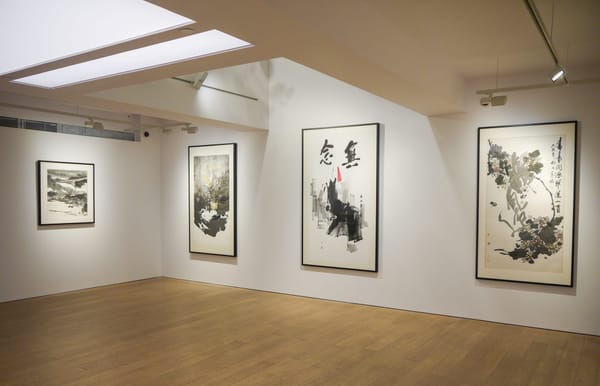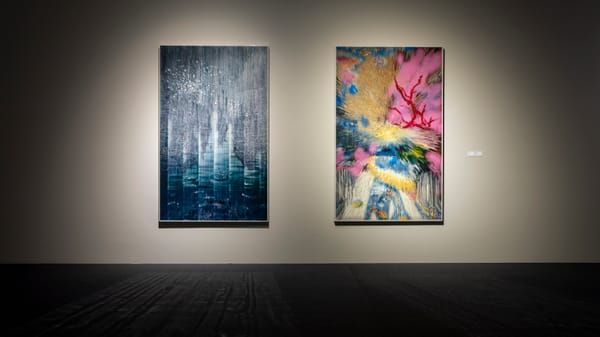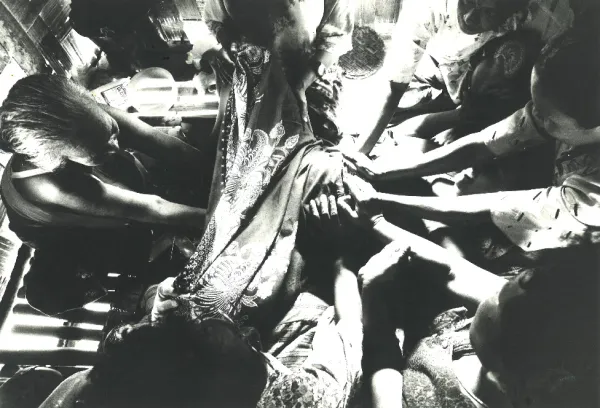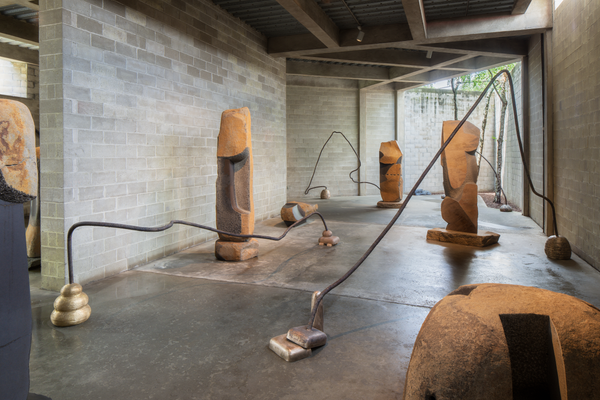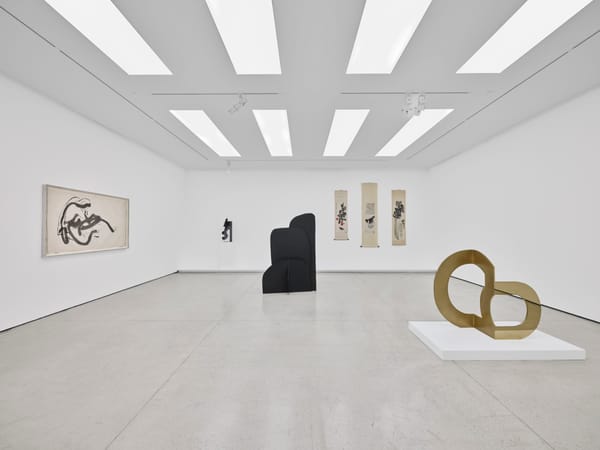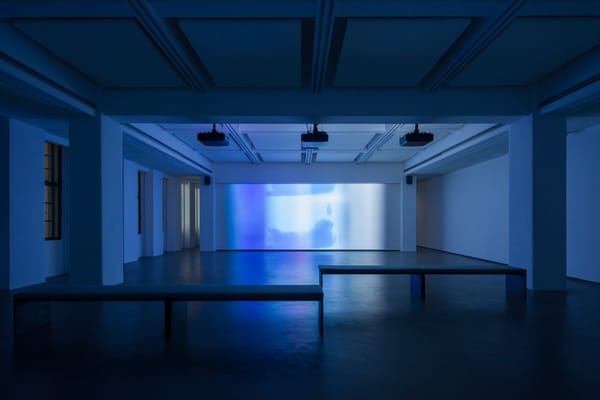Shows
Jeong Myoung-Jo’s “The Paradox of Beauty”
%20Jeong%20Myoung-Jo,%20Play-Ground%20%2320-06,%202020,%20Oil%20on%20canvas,%20112%20x%20162%20cm.jpg)
%20Jeong%20Myoung-Jo,%20Play-Ground%20%2320-06,%202020,%20Oil%20on%20canvas,%20112%20x%20162%20cm.jpg)
Despite its trailblazing pop-idol culture and advanced infrastructure, South Korea remains a patriarchal country with gender roles deeply rooted in history. This explains why the novels The Vegetarian (2007) by Han Kang and Kim Ji-young: Born 1982 (2016) by Cho Nam-Joo (together with their eponymous films), which explore themes of gender oppression and the social pressures on women, have triggered heated national debates. Like the two authors, Jeong Myoung-Jo similarly aspired to put this long-standing hegemonic masculinity in the limelight in “The Paradox of Beauty,” the artist’s first solo exhibition at Hong Kong’s Soluna Fine Art.
The exhibition was divided into two series: The Paradox of Beauty and Play-Ground (both 2013– ), featuring 11 oil paintings depicting women of different social classes in traditional garments. In The Paradox of Beauty #22-01 (2022), Jeong paints, with intense hyperrealism, a woman with her back facing the audience. She is wearing flamboyant regalia and a headband, both representative of those worn by an empress in the Joseon dynasty (1392–1910) at her wedding. Though she is set to occupy one of the highest statuses in society, she does not seem to share happiness on her wedding day, as the pitch-black background and chiaroscuro further visualize a sense of grim loneliness. In enveloping her in darkness and accentuating the monarch’s attire, Jeong makes one contemplate the long history of gender inequality in Korean society. Even as nobility, the queen was subject to laws that aimed to control women and lower their influence in society. The sole objective of education for women was to establish the ideal characteristics of a “virtuous” woman within a patriarchal family structure, rather than for their intellectual growth.
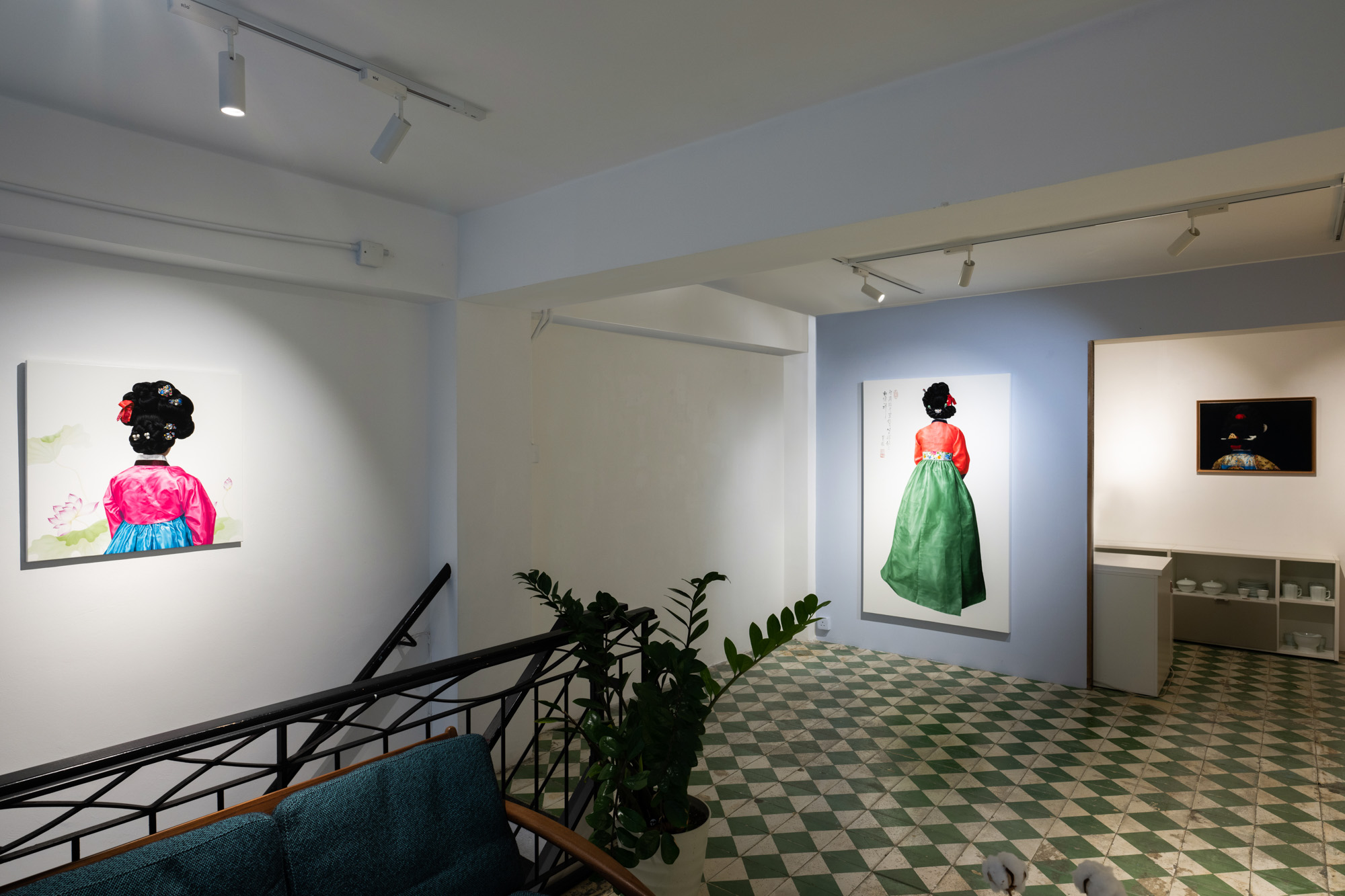
In comparison with the The Paradox of Beauty series, the Play-Ground series centers around gisaengs, who were female government servants professionally trained for the amusement of the upper class. While the hanbok-wearing courtesan in Play-Ground #16-01 (2016) is portrayed among lotus flowers—associated in Korean culture with wealth and good fortune—her head is slightly tilted away from the blossoming ones, as if unbothered by the skin-deep beauty and more significantly, the power and prestige the motif symbolizes.
Arguably the centerpiece of the exhibition, Play-Ground #20-06 (2020) depicts a gisaeng facing the iconic court landscape painting genre known as “Sun, Moon, and Five Peaks” (일월오봉도), which was originally used as folding screens placed behind the king’s royal throne. The sun and the moon symbolize the king and queen respectively, while the five peaks’—and the general composition’s—central symmetry is designed to frame the king on his throne as the center of the nation and the universe from which balance radiates. In deliberately placing a gisaeng in front of the central pinnacle, Jeong positions her as the center of the world, as the agent of stability, replacing the king. It also suggests the paradoxical existence of these courtesans as both the being very notable (for their cultural contributions as producers and disseminators of literature, music, dance, and more) yet heavily despised social group (for their low social origins) in pre-modern Korea. “The Paradox of Beauty” challenges superficial definitions and provokes the audience to ponder the long-standing oppression of Korean women.

Through the use of background, subjects, and motifs, Jeong puts the idea of beauty into question—does it always have to be related to appearance? The subjects portrayed, who have their backs turned as if preoccupied by something, encourage the act of inquiry beyond their own ostentatious outer beauty. Although the subjects’ faces are hidden from the audience, the models in all of the paintings are, in fact, Jeong’s close companions: modern women aware of the gender issues pervading the peninsula today. This is what enables the exhibition to transcend time, illuminating and empowering the modern audience to reclaim themselves from the traditional gender and class stereotypes.
Jeong Myoung-Jo’s “The Paradox of Beauty” was on view at Soluna Fine Art in Hong Kong, through November 19, 2022.
Diana Kim is an editorial intern at ArtAsiaPacific.
